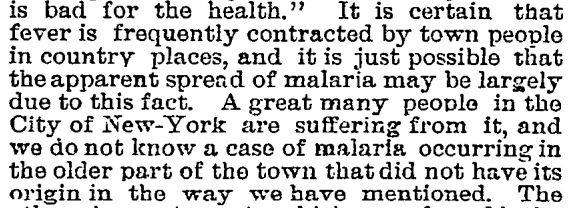Disrupting the Borg is expensive and time consuming!
Google Search
-
Recent Posts
- Fact Checking NASA
- Fact Checking Grok
- Fact Checking The New York Times
- New Visitech Features
- Ice-Free Arctic By 2014
- Debt-Free US Treasury Forecast
- Analyzing Big City Crime (Part 2)
- Analyzing Big City Crime
- UK Migration Caused By Global Warming
- Climate Attribution In Greece
- “Brown: ’50 days to save world'”
- The Catastrophic Influence of Bovine Methane Emissions on Extraterrestrial Climate Patterns
- Posting On X
- Seventeen Years Of Fun
- The Importance Of Good Tools
- Temperature Shifts At Blue Hill, MA
- CO2²
- Time Of Observation Bias
- Climate Scamming For Profit
- Climate Scamming For Profit
- Back To The Future
- “records going back to 1961”
- Analyzing Rainfall At Asheville
- Historical Weather Analysis With Visitech
- “American Summers Are Starting to Feel Like Winter”
Recent Comments
- arn on Fact Checking NASA
- Gordon Vigurs on Fact Checking NASA
- Bob G on Fact Checking NASA
- Bob G on Fact Checking NASA
- arn on Fact Checking NASA
- conrad ziefle on Fact Checking NASA
- conrad ziefle on Fact Checking NASA
- arn on Fact Checking NASA
- Bob G on Fact Checking NASA
- Bob G on Fact Checking NASA
1881 – “A Great Many People” Suffering From Malaria In New York
This entry was posted in Uncategorized. Bookmark the permalink.




This was far from uncommon – although in those days malaria was known as “ague”, and it plagued such projects as the Erie & Ohio canals in the early 1800s:
“Men did most of the work, though horses and oxen were used to pull stumps or dig tree roots. Many workers were gripped by a cold-shaking delirium they called “the ague” or “the shakes” It was really malaria, but no one understood the nature of disease in those days. They didn’t know that insects – who thrive near pools of stagnant water – transmitted the disease.”
http://www.suite101.com/content/the-ohio-erie-canal-a110338#ixzz1GeQjPx68
According to another report:
“There were about 6 deaths per mile of canal built caused by ague, cholera, fights and murder.”
Deaths from ague were also common in Europe and England. Contrary to popular belief, malaria has nothing to do with tropical conditions. Draining the swamps and better public health is what eliminated malaria in non-tropical regions.